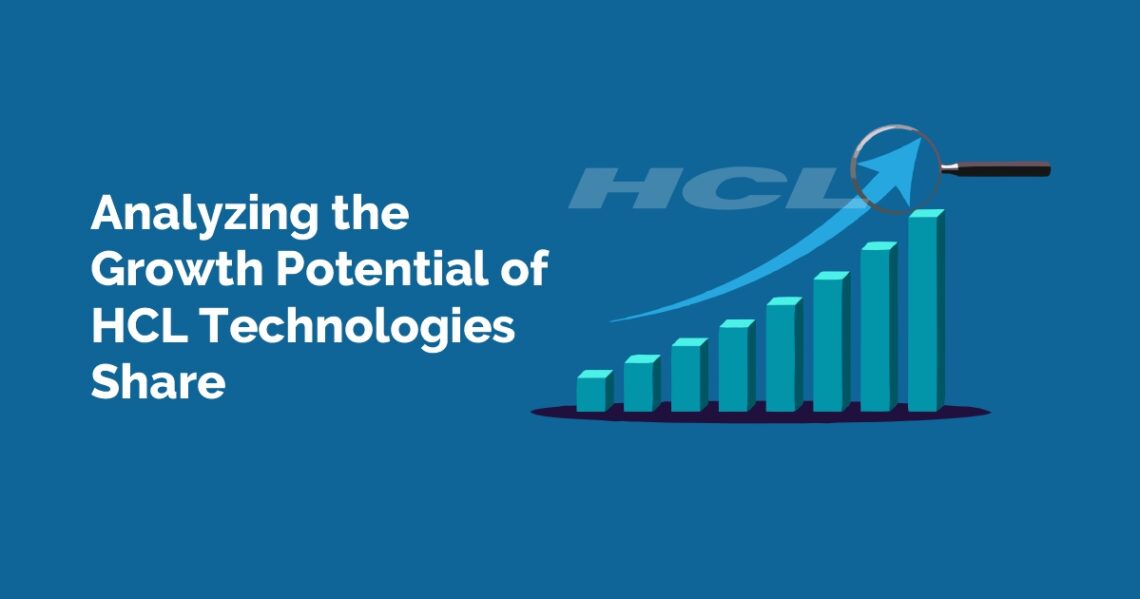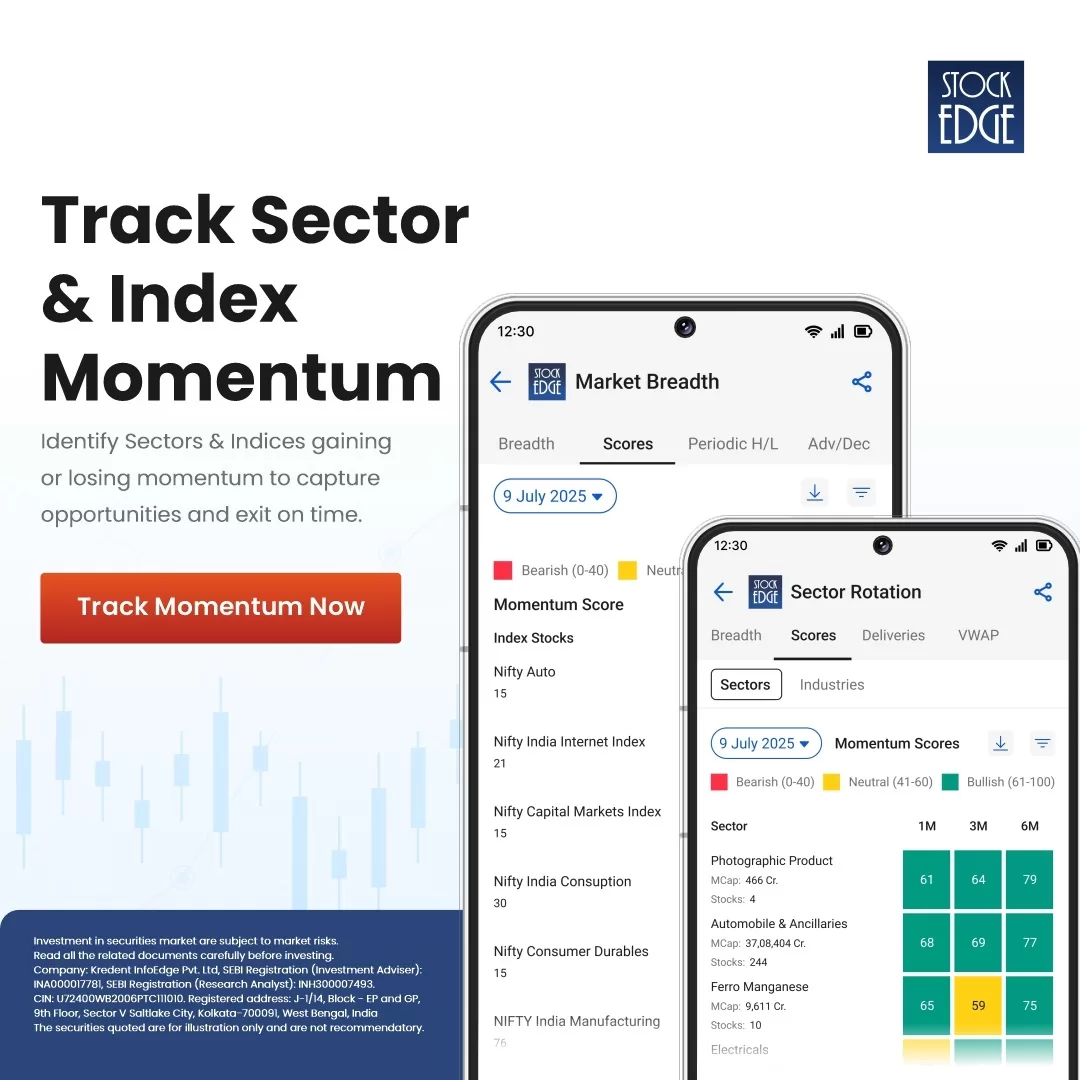Table of Contents
Key Takeaways
- HCL Technologies: Founded in 1976, HCL Technologies has evolved from a hardware company into a global IT services leader, offering digital, engineering, and cloud solutions across various industries.
- Diversified Global Presence: HCL Technologies operates in over 60 countries, with 64.5% of its revenue coming from the Americas, 29% from Europe, and 6.4% from the rest of the world, showcasing a well-balanced global footprint.
- Strategic Business Segments: The company operates through three main units: IT and Business Services (ITBS), Engineering and R&D Services (ERS), and Products & Platforms (P&P), including the HCLSoftware division, which has shown significant growth and profitability.
- Positive Outlook: HCL Technologies anticipates revenue growth between 2% to 5% and maintains an EBIT margin guidance of 18% to 19% for FY26, reflecting confidence in its strategic direction and market opportunities.
In 1976, a group of eight bold engineers walked away from the safety of their jobs at Delhi Cloth & General Mills. Armed with vision, grit, and little capital, they began selling teledigital calculators—not to build a calculator company, but to fund a far bigger dream: building computers in India. Among them was Shiv Nadar, who would soon become one of the pioneering faces of Indian tech.
That humble startup, originally called Microcomp, evolved into Hindustan Computers Limited (HCL), and by 1978, it had created one of India’s first indigenous microcomputers. Over the years, HCL transitioned from hardware to becoming a global software and services powerhouse through its spin-off, HCL Technologies, in 1991.
From building the technology backbone of India’s first electronic stock exchange to becoming Manchester United’s official digital technology partner, HCL Technologies has come a long way. And today, it continues to stand tall as one of the top IT services firms in India, driven by innovation in cloud, AI, and digital transformation.
In this article, we delve into HCL Technologies share and analyse the company’s fundamentals to determine its long-term potential.
Company Overview
HCL Technologies (HCLT) has a wide-ranging focus on digital, engineering, and cloud services. It ranks among the top five Indian IT services companies by revenue. Currently, it operates through three main business units: IT and Business Services (ITBS), Engineering and R&D Services (ERS), and Products & Platforms (P&P). ITBS enables enterprises to transform their business through a modernized infra stack across cloud, software-defined networks & more. ERD services include engineering solutions for platform & product engineering. They have integrated ITBS & ERD from Q4 FY24 onwards. In 2019, HCL Technologies started a software product division called ‘HCLSoftware’, after completing the acquisition of IBM’s software tools.
With operations in over 60 countries, the company serves clients across critical verticals including financial services, healthcare, telecom, manufacturing, and retail. In Q4 FY25, HCL Technologies reported 64.5% of revenue from America, 29% from Europe, and 6.4% from the rest of the world. You can view the growth in both YoY and QoQ markets. You can check the HCL Technologies Share price in StockEdge.
Source: Investor Presentation Q4 FY25
Financial Highlights of HCL Technologies
HCL Technologies has demonstrated consistent financial strength in FY25, reporting consolidated revenue of ₹117,055 crore (approximately $13.84 billion), which marks a 6.5% year-on-year (YoY) growth in INR terms and a 4.3% rise in USD terms. Its EBIT for the year stood at ₹21,420 crore, translating to an EBIT margin of 18.3%, which is slightly up from the previous year and reinforces the company’s operational efficiency. Net income surged by 10.8% YoY to ₹17,390 crore, pushing the earnings per share (EPS) to ₹64.09. You can view the trend of revenue and net profit growth from the income statement of HCL Technologies Ltd. from StockEdge.
The company maintained a gross cash reserve of ₹30,943 crore with minimal debt. The segmental performance also showed solid contribution from the Engineering and R&D Services vertical and HCLSoftware, which recorded an industry-leading EBIT margin of 26.6%. These metrics highlight a business that is financially disciplined, structurally sound, and built for long-term shareholder value creation.
SWOT Analysis of HCL Technologies: Strengths, Weaknesses, Opportunities, and Threats
Strengths
HCL Technologies, the third-largest listed Indian IT services provider in terms of revenue, is also a key player in the Nifty 50 index. It has established a diverse portfolio across various industry verticals. Its greatest strength lies in its solid financial fundamentals, diversified service offerings, and global delivery model. The company has established itself as a global leader in engineering services, digital transformation, and GenAI capabilities. Its product-led growth, especially through HCLSoftware and recurring ARR, gives it a competitive edge. Additionally, HCLTech enjoys strong brand equity, recognized by several global awards such as being included in the S&P Global Sustainability Yearbook and named one of the World’s Most Ethical Companies by Ethisphere.
Weaknesses
Despite its successes, HCLTech faces a few internal challenges. Attrition has climbed to 13% in FY25, indicating rising employee turnover, which could affect delivery and cost structures. The company also has a relatively high exposure to the US market (over 65% of total revenue), which makes it susceptible to regional economic volatility and policy changes. Furthermore, some verticals, such as Financial Services, saw muted or negative growth due to divestitures, which could limit short-term revenue upside.
Opportunities
The acceleration in AI adoption across industries provides a massive opportunity for HCLTech. The company has developed proprietary platforms, including AI Force, Agentic AI, and AI Foundry, to tap into this wave. Its increasing presence in high-growth sectors such as telecom, consumer goods, and media, combined with geographic expansion into Europe and the rest of the world (ROW), offers substantial upside potential. The company’s shift towards outcome-based, IP-driven solutions also enhances its pricing power and differentiation.
Threats
However, the path forward isn’t without hurdles. The global IT services landscape is intensely competitive, with players such as TCS, Infosys, Accenture, and Cognizant fiercely competing for market share. Macroeconomic uncertainties, including inflation, interest rate fluctuations, and geopolitical instability, could dampen client spending. Regulatory tightening, especially around data privacy and immigration policies, may also pose execution challenges in key markets.
What Lies Ahead: FY26 Outlook and Strategic Vision
HCL Technologies has issued a cautious yet optimistic outlook for FY26, projecting a year-on-year revenue growth of 2% to 5% in constant currency terms. The company has maintained its EBIT margin guidance in the range of 18% to 19%, signaling continued focus on profitability and operational discipline. Notably, the management expects about 1% of this revenue growth to stem from inorganic contributions. Services revenue, which constitutes the bulk of HCLTech’s top line, is also expected to grow in the 2% to 5% range during the same period.
However, the company remains vigilant in the face of global macroeconomic uncertainties, especially the subdued discretionary spending environment and the potential impact of tariff-driven recessionary pressures. Management acknowledged the possibility of budget cuts by clients in the near term but also highlighted an opportunity to capture cost-optimization and efficiency-driven deals—an area that could become a strong growth lever in the medium term. Encouragingly, HCLTech expects Q1 FY26 revenue growth to be better than Q1 FY25, suggesting some momentum heading into the new fiscal year. Over the longer term, the company envisions a hybrid project execution model—where both AI and human talent will play crucial roles—driving higher revenue per employee and operational efficiency.
The Bottom Line
HCL Technologies represents a well-balanced blend of legacy strength and future-focused innovation. Its consistent financial performance, commitment to shareholder value, and strategic pivot towards AI, cloud, and software-driven models position it as a resilient player in the global IT services space. While it faces challenges like attrition and sector-specific slowdowns, the company’s investments in next-gen technologies and global delivery capabilities signal a strong foundation for sustainable growth.
Apart from HCL Technologies share, there are other opportunities for investment in the Indian IT sector companies. One such stock that may turn out to be a valuable investment opportunity. Find out in this blog; TCS Stock Analysis: Is it a Good Investment in 2024?
Happy Investing!











